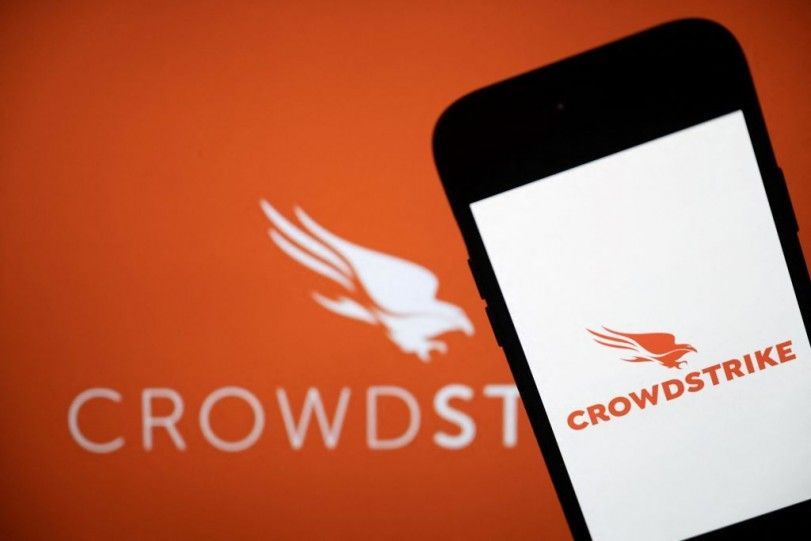CrowdStrike Crash Update
On July 19, 2024, at 04:09 UTC, CrowdStrike released a sensor configuration update to Windows systems as part of ongoing operations. These updates are crucial to the Falcon platform's protection mechanisms. However, this particular update caused a logic error, leading to system crashes and the “blue screen of death” on affected systems.
CrowdStrike’s channel file updates were pushed to computers, bypassing settings meant to prevent such automatic updates,
as noted by Wardle. This faulty update resulted in a global tech disaster, impacting 8.5 million Windows devices,
according to Microsoft. While Microsoft stated this affected “less than one percent of all Windows machines,” it was enough to cause significant issues for retailers, banks, airlines, and many other industries worldwide.

In response to the widespread tech outage that grounded flights and disrupted banks and hospital systems, U.S. House leaders have called on CrowdStrike CEO George Kurtz to testify before Congress. The House Homeland Security Committee, led by Republicans, seeks detailed answers regarding the incident. Representatives Mark E. Green of Tennessee and Andrew Garbarino of New York emphasized the severity of the situation, calling it potentially the largest IT outage in history.
Since the meltdown, CrowdStrike’s shares have dropped more than 20%, resulting in a significant loss in market value. The disruptions have also attracted the attention of government regulators, including antitrust enforcers, though it remains uncertain if any action will be taken against the company.
In response, CrowdStrike has pledged to enhance its content update testing, improve error handling, and implement staggered deployments to prevent future incidents. They plan to refine their Rapid Response Content testing by incorporating local developer testing, content update and rollback testing, stress testing, fuzzing, and fault injection. Additionally, they will perform stability and content interface testing. The company will also ensure that updates are gradually deployed to larger portions of their install base rather than an immediate push to all systems.




